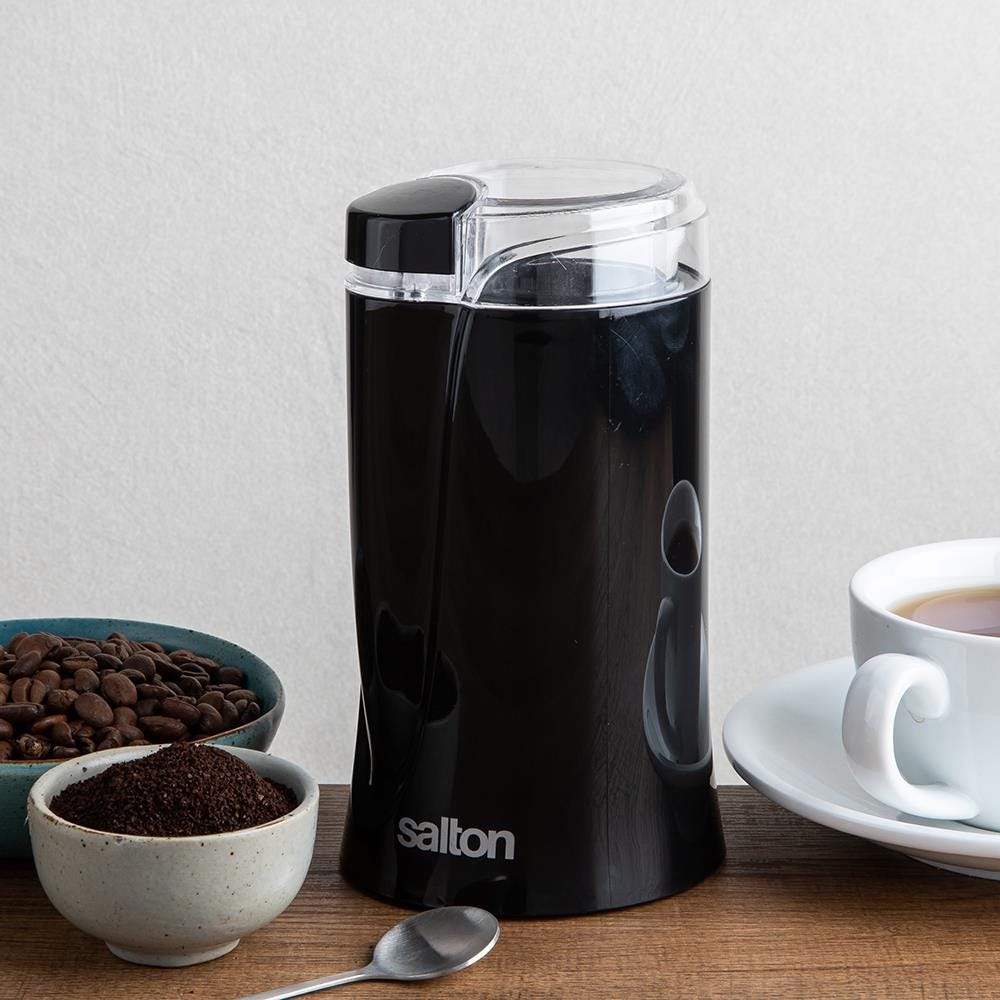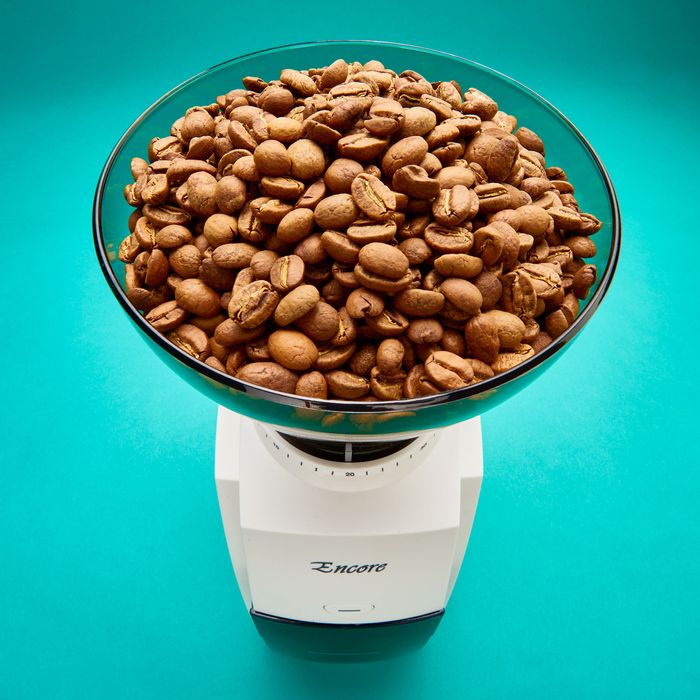Grinding your coffee beans at home can significantly elevate your coffee experience. Freshly ground beans unlock intense flavors and aromas. This guide will walk you through the process of using a coffee grinder, ensuring you make the most out of each cup.
Understanding Coffee Grinding Basics
Why Grinding Fresh Coffee Beans Matters
Avid coffee lovers understand the importance of using freshly ground beans. Pre-ground coffee loses its aroma and taste swiftly. Grinding your beans ensures the freshest and richest flavor in every cup. The moment you grind coffee, it starts to oxidize and lose its essential oils. Therefore, fresh grinding minimizes flavor degradation. Furthermore, different brewing methods require different grind sizes. Grinding at home gives you control over the grind texture, resulting in the perfect brew each time.
Additionally, home-ground coffee saves money in the long run. Also, it’s more convenient without frequent trips to the store. By understanding the basics of coffee grinding, you’ll appreciate each cup more.
Choosing the Right Coffee Grinder
When it comes to choosing a coffee grinder, there are primarily two types: blade and burr grinders. Blade grinders are more budget-friendly but often produce uneven grinds. Burr grinders, on the other hand, offer consistency and precision. Blade grinders work similarly to blenders, using spinning blades to chop the beans. Yet, they can result in a mixture of fine and coarse particles. In contrast, burr grinders crush beans between two rotating surfaces, ensuring a uniform grind.
While burr grinders range in price, their consistency makes them a worthwhile investment. Manual burr grinders are also available, offering portability and control. When choosing, consider your budget, brewing method, and grinder preference.

Setting Up Your Coffee Grinder
Assembling Your Coffee Grinder
Setting up your coffee grinder is simple yet crucial for optimal performance. Start by reading the manufacturer’s instructions thoroughly. Each grinder may have unique parts and assembly processes. Begin by cleaning all parts to remove any factory residue. Ensure the hopper, where you place the beans, fits securely. The grinder’s burr or blade should be correctly aligned. If your grinder has grind settings, familiarize yourself with adjusting them.
Next, ensure the grinder is on a stable surface to avoid movements while grinding. Plugin electric grinders or have manual ones ready to use. Proper assembly guarantees a smooth grinding process and better results.
Setting the Grind Size
The grind size significantly impacts your coffee’s flavor and extraction. Each brewing method requires a specific grind size. For instance, espresso demands a fine grind, while French press benefits from a coarse grind. Most burr grinders feature adjustable settings. Start by consulting the grinder’s guide for recommended settings for your preferred brew method.
Experiment with different settings to find the perfect grind size. Too fine a grind can lead to over-extraction, resulting in bitter coffee. Conversely, too coarse a grind might under-extract, leading to weak, watery coffee. Adjust until you achieve optimal taste and strength for your palate.
Grinding and Brewing
Loading Your Coffee Beans
Once your grinder is set up and the size is selected, it’s time to load the beans. Measure your coffee beans using a scale for accuracy. Generally, 1 to 2 tablespoons of beans per 6 ounces of water is ideal. Place the beans in the hopper, ensuring it’s not overloaded. Overfilling can lead to inconsistent grinds and potential grinder damage.
Next, secure the lid. If your grinder has a lid lock, engage it to avoid spills. Loading the exact amount of beans ensures each grind is fresh. You only grind what you need, preserving the beans’ freshness.
Grinding Your Coffee Beans
With everything set, you can now start grinding. For electric grinders, select the grind size and press the start button. The grinder will work until all beans are ground. Manual grinders require more effort. Turn the handle consistently for an even grind. Listen for any irregular sounds indicating potential issues.
Once ground, transfer the coffee to a container immediately. Avoid leaving the grounds in the grinder, as it can affect taste and hygiene. Smell the fresh grounds and note their texture. This firsthand experience is essential for future adjustments.

Cleaning and Maintenance
Regular Cleaning Practices
To keep your coffee grinder in top condition, regular cleaning is essential. Residual oils and coffee particles can affect flavor and grinder performance. Begin by unplugging the grinder for safety. Disassemble the parts according to the manual. Use a brush to remove residual coffee particles from the burr or blade. Be gentle to avoid damaging the components.
Wipe the hopper and other parts with a damp cloth. Avoid using soap, as it can leave remnants altering coffee taste. Regular cleaning prevents buildup and preserves the grinder’s lifespan. A clean grinder ensures consistent, delicious flavors without old coffee impacting the brew.
Deep Cleaning and Maintenance
Every few weeks, perform a deep cleaning to maintain your grinder’s efficiency. Disassemble the grinder and clean each component thoroughly. Use a specialized grinder cleaning product if available. These products help remove stubborn coffee oils and residues. For burr grinders, carefully clean the burrs and any reachable areas within.
Inspect the grinder for any worn-out parts. Replace these parts if needed to ensure continued efficiency. Reassemble the grinder, ensuring all parts are correctly fitted. Regular and deep cleaning ensures consistent grind quality and prolongs the grinder’s life. Proper maintenance means fewer breakdowns and consistent coffee flavor.
Getting the Most Out of Your Coffee Grinder
Experimenting with Grind Sizes
Don’t hesitate to experiment with grind sizes to enhance your coffee experience. Different beans and brewing methods can alter the ideal grind size. Start by making small adjustments and noting the taste differences. Keeping a journal of your observations helps track which sizes work best.
Try using the same beans across different sizes to isolate the grind’s impact. This reveals subtleties in flavors and strengths. Experimenting sharpens your skills and refines your brewing technique. Plus, it makes the coffee experience new and exciting each time.
Matching Grind Size to Brewing Method
Each brewing method requires a specific grind size for optimal results. This ensures balanced flavor extraction. For a rich, full-bodied espresso, use a fine grind. Conversely, a French press necessitates a coarse grind to prevent sediment. Medium grinds suit drip coffee makers, balancing strength and smoothness. Finally, finely ground beans best suit Turkish coffee for its dense texture.
By matching grind size to method, you control flavor extraction and coffee strength. It makes each cup a unique experience tailored to your preference. This expertise enhances your appreciation of coffee’s complexity and richness.

Troubleshooting Common Grinder Issues
Inconsistent Grinds
Inconsistent grinds can ruin your brewing experience. They often result from overloaded hoppers or dull blades. Start by reducing the amount of beans in the hopper. Check if your blade or burr requires sharpening or replacement. Regular cleaning can also prevent buildup that affects grinding consistency.
If inconsistency persists, consider the type of beans used. Some beans are harder and can impact grinders differently. Proper maintenance and keen observation help mitigate these issues. Investing in higher-quality equipment also ensures consistent results.
Grinder Malfunctions
Grinder malfunctions can occur, but most are easily fixable. If the grinder won’t start, check its power source. Ensure it’s plugged in and the outlet works. For manual grinders, ensure no parts are jammed. Clean the grinder thoroughly to remove any blockages. Listen for abnormal sounds indicating internal issues. If the grinder overheats, allow it to cool down before reuse. Persistent problems may require professional servicing.
Regular maintenance and cleanup, proper use, and careful handling reduce malfunctions. A well-maintained grinder offers reliable performance and consistent coffee quality.
Conclusion
Mastering the art of using a coffee grinder enhances your coffee-drinking experience. By understanding the basics, setting up correctly, and maintaining the grinder, you ensure each cup is fresh and flavorful. Experimenting with grind sizes and methods personalizes your brew, offering endless possibilities. Regular cleaning and troubleshooting keep the grinder efficient, prolonging its lifespan. Ultimately, these practices help you appreciate the nuances and richness of freshly ground coffee. Enjoy every sip brewed to perfection!
